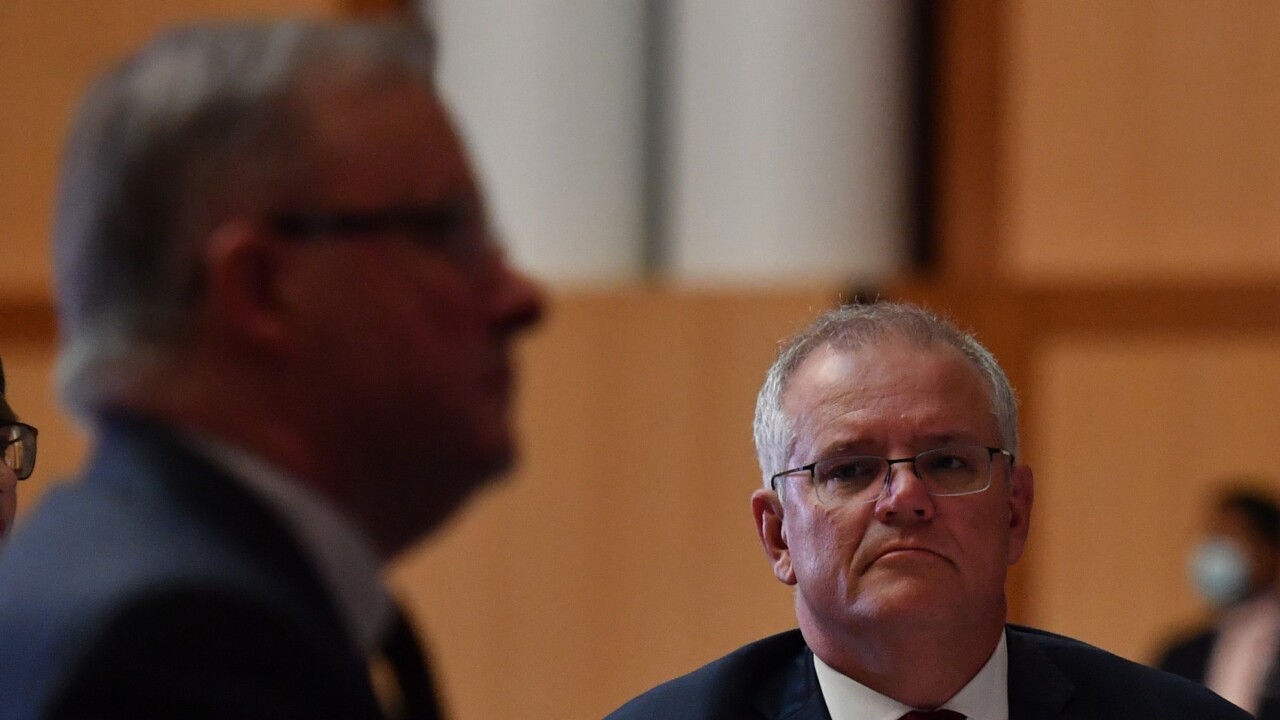Superannuation changes stalled but still plenty to plan for
Superannuation was ignored by the budget but things could change in the upcoming federal election campaign.

Opinion
Don't miss out on the headlines from Opinion. Followed categories will be added to My News.
The budget unveiled by Treasurer Josh Frydenberg last week was the first I can remember that did not have superannuation changes.
Tinkering with super has been a staple of budgets for years, and it’s one of the reasons why many Aussies switch off thinking about their nest eggs – because they believe the government’s just going to change the rules anyway.
The finance industry generally welcomed the budget’s new hands-off approach to super, although predictably there were some complaints that it didn’t announce any superannuation sweeteners. Seniors advocates were unhappy that the cost of living relief payments did not extend to middle-income self-funded retirees living off their super.
However, the new-found stability doesn’t mean that super stays stagnant – with a pile of rule changes from previous budgets flowing through from July, most of them good.

But first, here’s a freaky fact I discovered when trawling back through budget speeches of recent years while researching this column: when unveiling his 2019-20 in April 2019, the Treasurer announced a $7.1 billion budget surplus.
And he told parliament Australia would have “in 2020-21, a surplus of $11 billion; in 2021-22, a surplus of $17.8 billion; in 2022-23, a surplus of $9.2 billion”.
That was before the dark times. Before Covid.
Last week’s budget papers show that a government spending less money than it earns is impossible during a pandemic, and the figures for those four financial years have changed to deficits of $85.3 billion, $134.2 billion, $79.8 billion and $78 billion. And those mega deficits come from the side of politics best known for paying down government debt.
Whatever government debt does, everyday Australians’ superannuation savings are continuing to grow – now worth more than $3.5 trillion and tipped to top $5 trillion within a decade.
These rule changes in the next few months will help with the growth:
• Increasing the super guarantee – employers’ compulsory contributions – from 10 to 10.5 per cent of wages from July 1. It will eventually rise to 12 per cent by July 2025.
• Delivering more part-time workers – mainly women – super by removing the $450 monthly income threshold that employees must earn before being eligible for compulsory employer contributions.
• Abolishing the work test that previously stopped seniors aged from 67 to74 from contributing to super unless they are employed.
• Helping more seniors downsize their home and pump extra money into super by lowering the age thresholds for the government’s super downsizer scheme from 65 to 60.

It’s likely there will be changes that we don’t know about yet, given an election is around the corner.
The budget left billions of dollars of available spending in an election war chest, and some of this could be spent on introducing a super baby bonus payment to new parents and enabling super contributions to be included in parental leave payments.
Women are retiring with only three quarters of the super of men, often because they take time out of the workforce to raise children and because of the gender pay gap, and it’s time to see some changes to help bring balance.
When the election campaign begins within weeks, expect to see superannuation incentives announced by both Labor and the Coalition. And it’s safe to say it will be positive news rather than punishing rule changes.
Originally published as Superannuation changes stalled but still plenty to plan for





